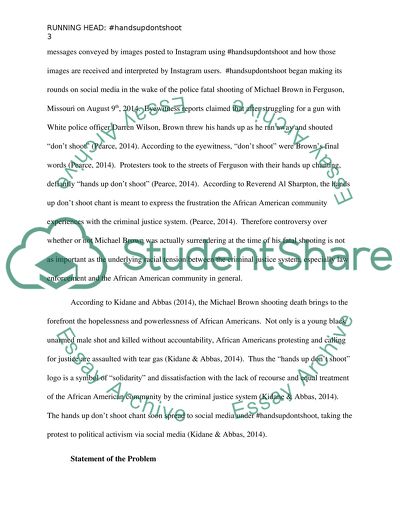Cite this document
(“Content analysis of the #handsupdontshoot on Instagram Essay”, n.d.)
Content analysis of the #handsupdontshoot on Instagram Essay. Retrieved from https://studentshare.org/miscellaneous/1668419-content-analysis-of-the-handsupdontshoot-on-instagram
Content analysis of the #handsupdontshoot on Instagram Essay. Retrieved from https://studentshare.org/miscellaneous/1668419-content-analysis-of-the-handsupdontshoot-on-instagram
(Content Analysis of the #handsupdontshoot on Instagram Essay)
Content Analysis of the #handsupdontshoot on Instagram Essay. https://studentshare.org/miscellaneous/1668419-content-analysis-of-the-handsupdontshoot-on-instagram.
Content Analysis of the #handsupdontshoot on Instagram Essay. https://studentshare.org/miscellaneous/1668419-content-analysis-of-the-handsupdontshoot-on-instagram.
“Content Analysis of the #handsupdontshoot on Instagram Essay”, n.d. https://studentshare.org/miscellaneous/1668419-content-analysis-of-the-handsupdontshoot-on-instagram.


